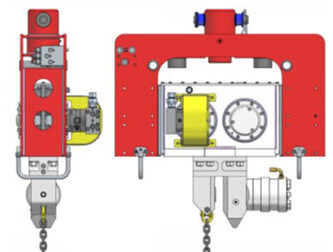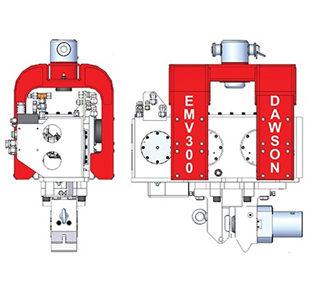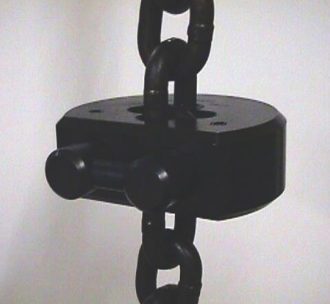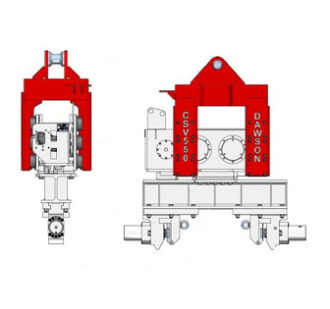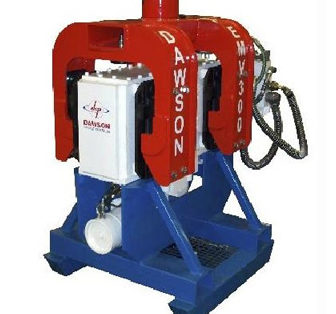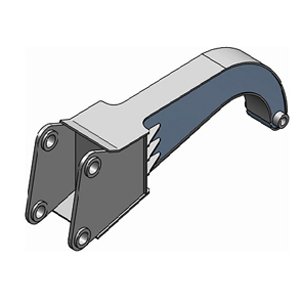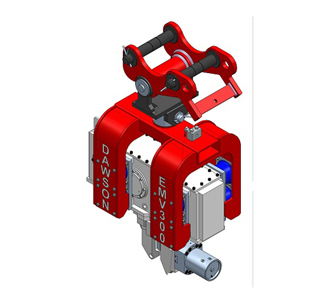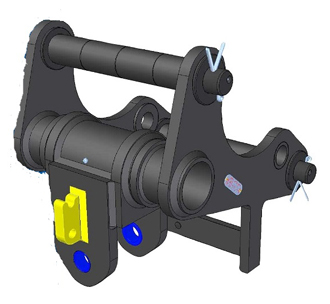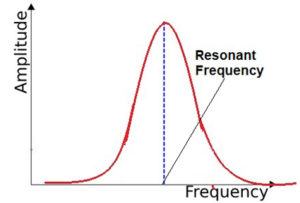Oil Flow
The oil flow to the hydraulic motor(s) determines the rotational speed of the eccentrics. Full rotational speed requires the minimum flow. – see table. For EMV450 2460 rpm is achieved at the flow 195 l/min. Flow higher than min. flow is sent back to the tank. To save energy and fuel it is advisable to set the flow from the excavator to a little above the min. flow of the vibrator.
The max. flow is the maximum flow the flow regulator is able to “handle”. Higher flows leads to instability in the flow regulation.
Oil Pressure
The sizes of the hammer motors, i.e. the torque, secures that rated rpm and thereby the rated centrifugal force is maintained even under hard driving. The motor(s) require a certain hydraulic oil pressure, called the minimum pressure, to provide the torque the motor is designed to deliver.
At the minimum flow and the minimum pressure the vibratory hammer runs at normal speed and provides the specified centrifugal force.
The max. pressure is the safe rating of the components. Dawson hammers do not have pressure relief valves, but relies on the excavator pressure relief valve.

